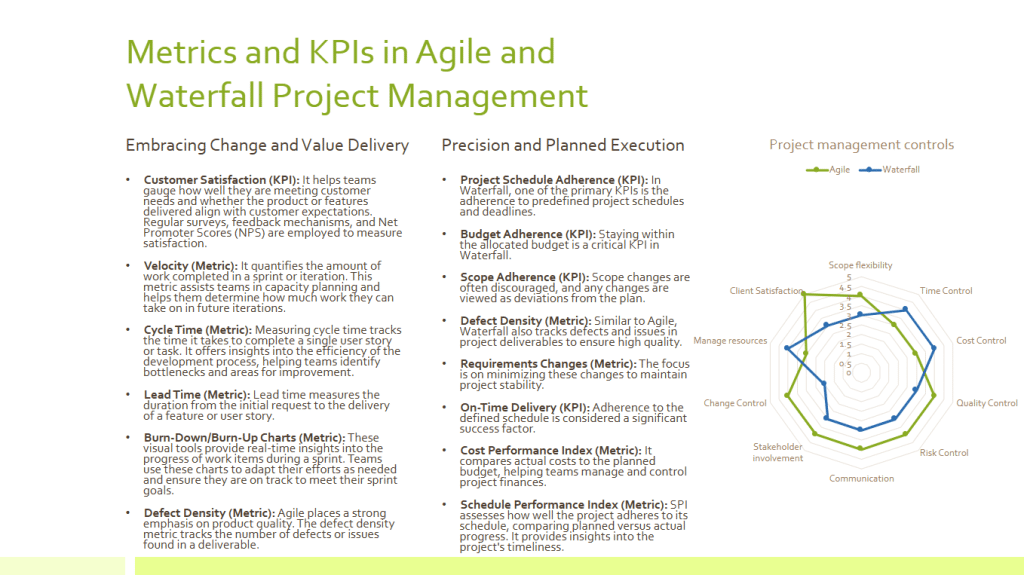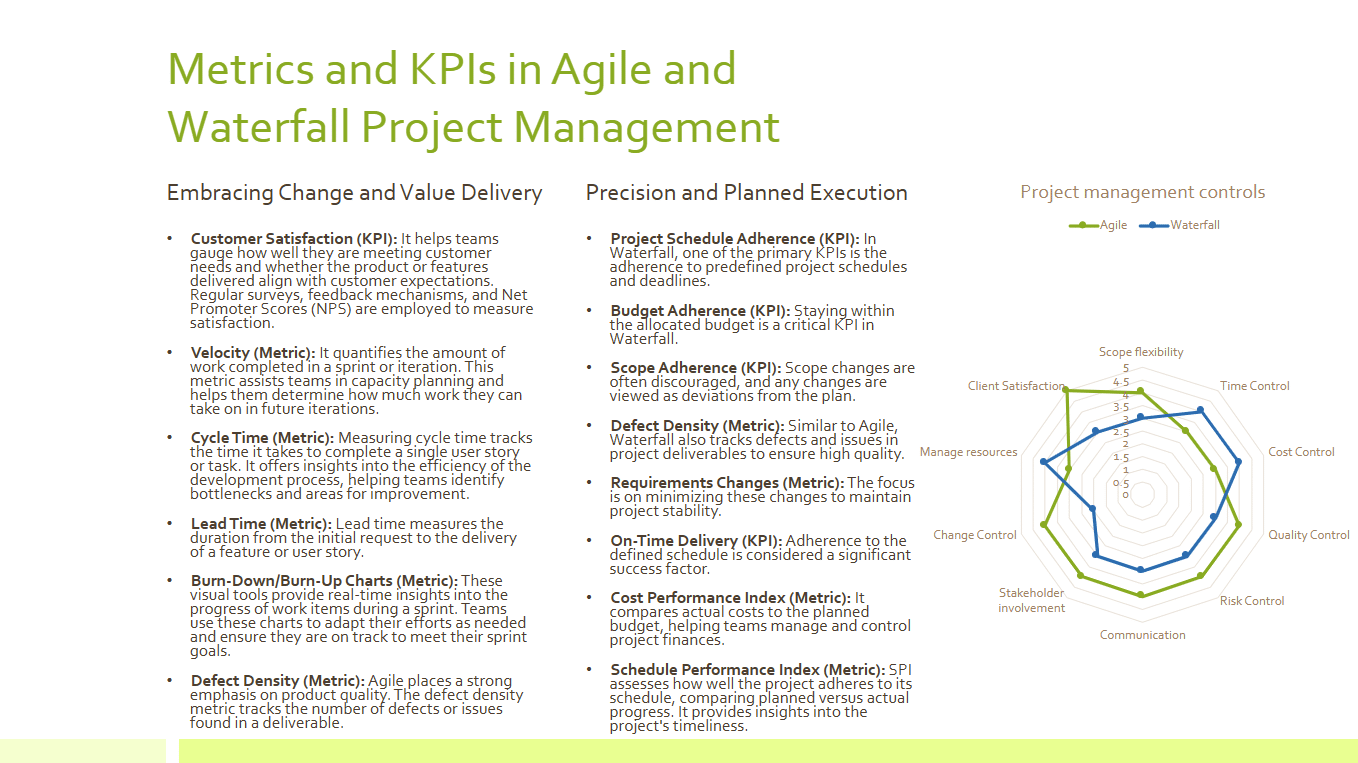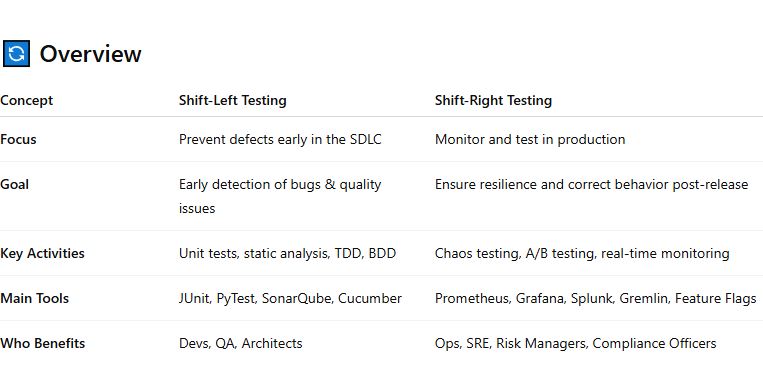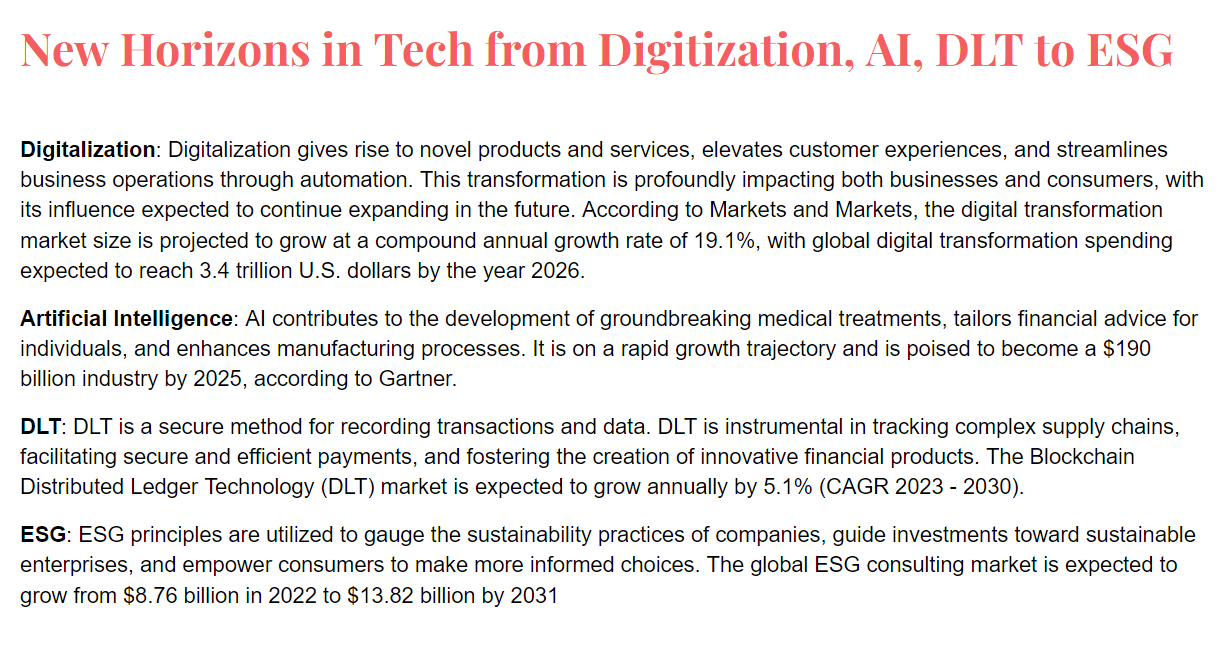Introduction
The realm of project management is as diverse as the unique projects it endeavors to oversee. While it holds true that the choice of the methodology hinges on the project’s inherent characteristics—whether it thrives on adaptability or adheres to structured planning—there’s an intriguing twist in the tale. Agile, a methodology celebrated for its nimbleness and iterative prowess, often falters due to a common pitfall: the misalignment of Key Performance Indicators (KPIs) with its principles. Surprisingly, even when organizations make the shift to Agile, they frequently find themselves tethered to the Metrics and KPIs of the past—holdovers from the Waterfall era.
In this blog, we delve into the distinct worlds of Agile and Waterfall, each with its own unique approach to achieving project goals. What distinguishes the two are the Metrics and KPIs employed to navigate their respective journeys, and how these metrics play a pivotal role in steering the ship towards the successful implementation of Agile initiatives.

The Role of Metrics and KPIs in Agile Success
The Agile success hinges on the effective use of metrics and KPIs that align with Agile principles. Here’s how the right metrics and KPIs contribute to Agile success:
- Customer-Centricity: Agile’s customer-centric approach is reinforced by metrics like customer satisfaction and customer retention. These metrics help teams stay connected to the evolving needs and expectations of their clients.
- Continuous Improvement: Metrics such as velocity, cycle time, and defect density enable Agile teams to identify areas for continuous improvement and to make data-driven decisions to enhance their processes and product quality.
- Adaptability: Agile teams can adapt to change more effectively by using metrics that offer real-time insights into their progress and efficiency, such as burn-down charts.
- Transparency: The transparency provided by Agile metrics fosters open communication and collaboration among team members and stakeholders. It ensures everyone is on the same page and promotes a shared understanding of project status and priorities.
- Value Delivery: Metrics like velocity and cycle time support Agile teams in delivering value to customers more quickly, enabling a competitive edge in rapidly changing markets.
Conclusion
Metrics and KPIs are not mere numbers; they are vital tools for assessing and enhancing project performance. In both Agile and Waterfall methodologies, the choice of metrics and KPIs reflects the fundamental principles and objectives of each approach. In Agile, the focus is on adaptability, customer satisfaction, and delivering value iteratively. Waterfall prioritizes precision, planned execution, and adherence to schedules, budgets, and scope.
For organizations looking to succeed with Agile, understanding the role of metrics and KPIs is essential. By choosing and utilizing the right metrics that align with Agile principles, organizations can foster a culture of continuous improvement, transparency, and customer-centricity. In the ever-evolving landscape of project management, selecting the right metrics and KPIs is a pivotal step towards achieving successful Agile initiatives.




